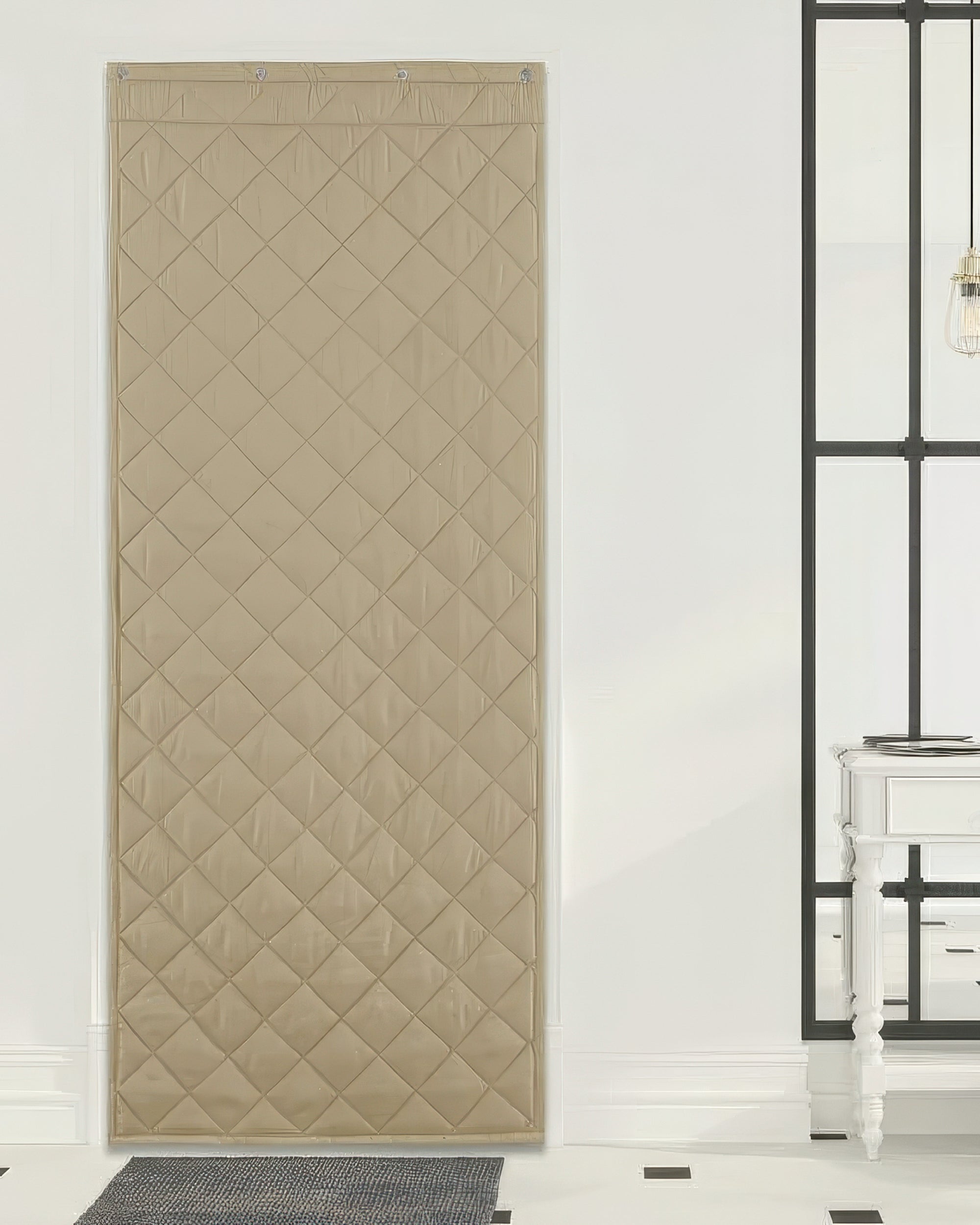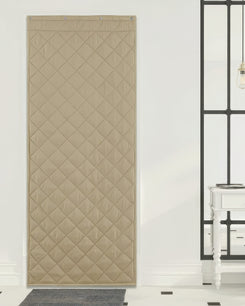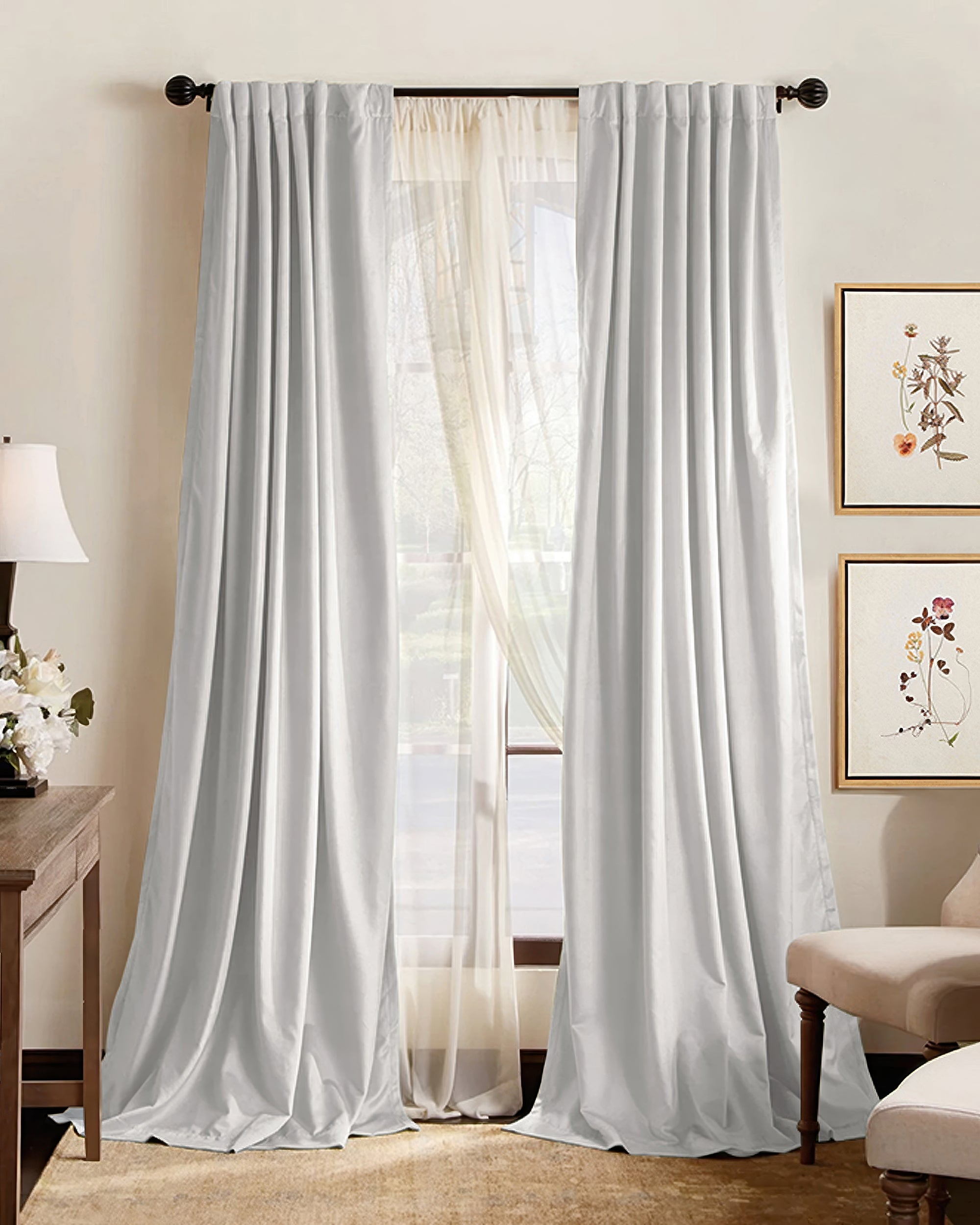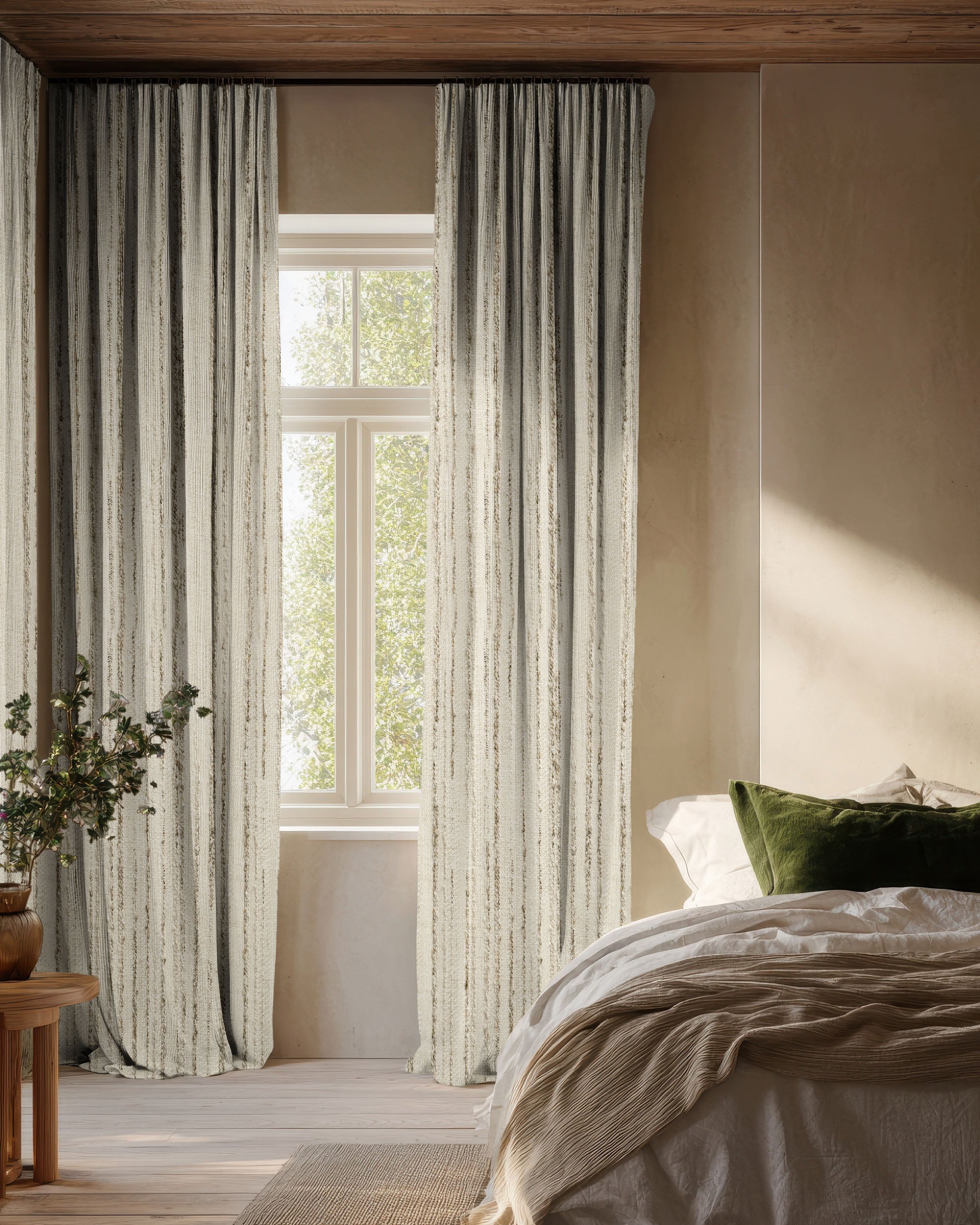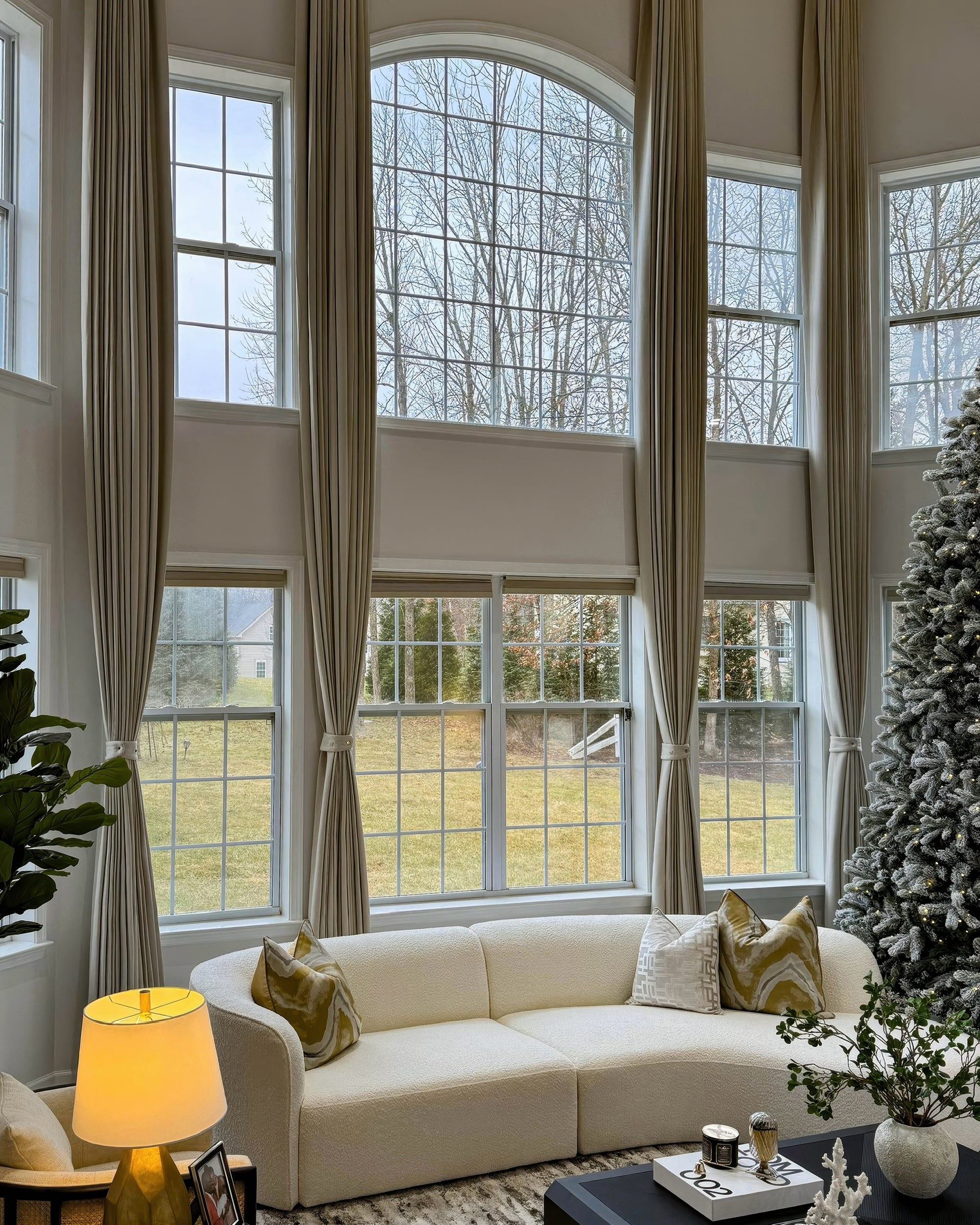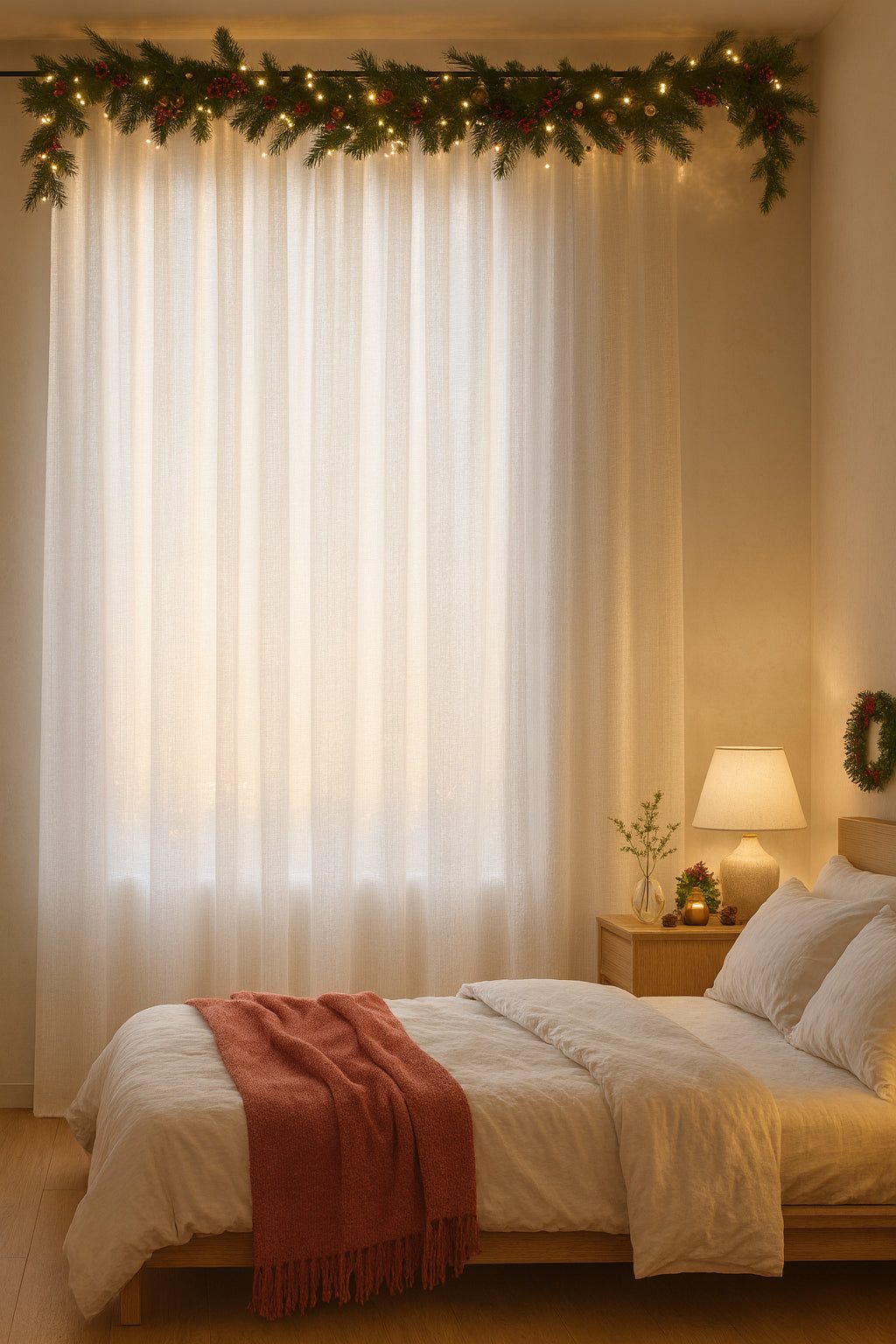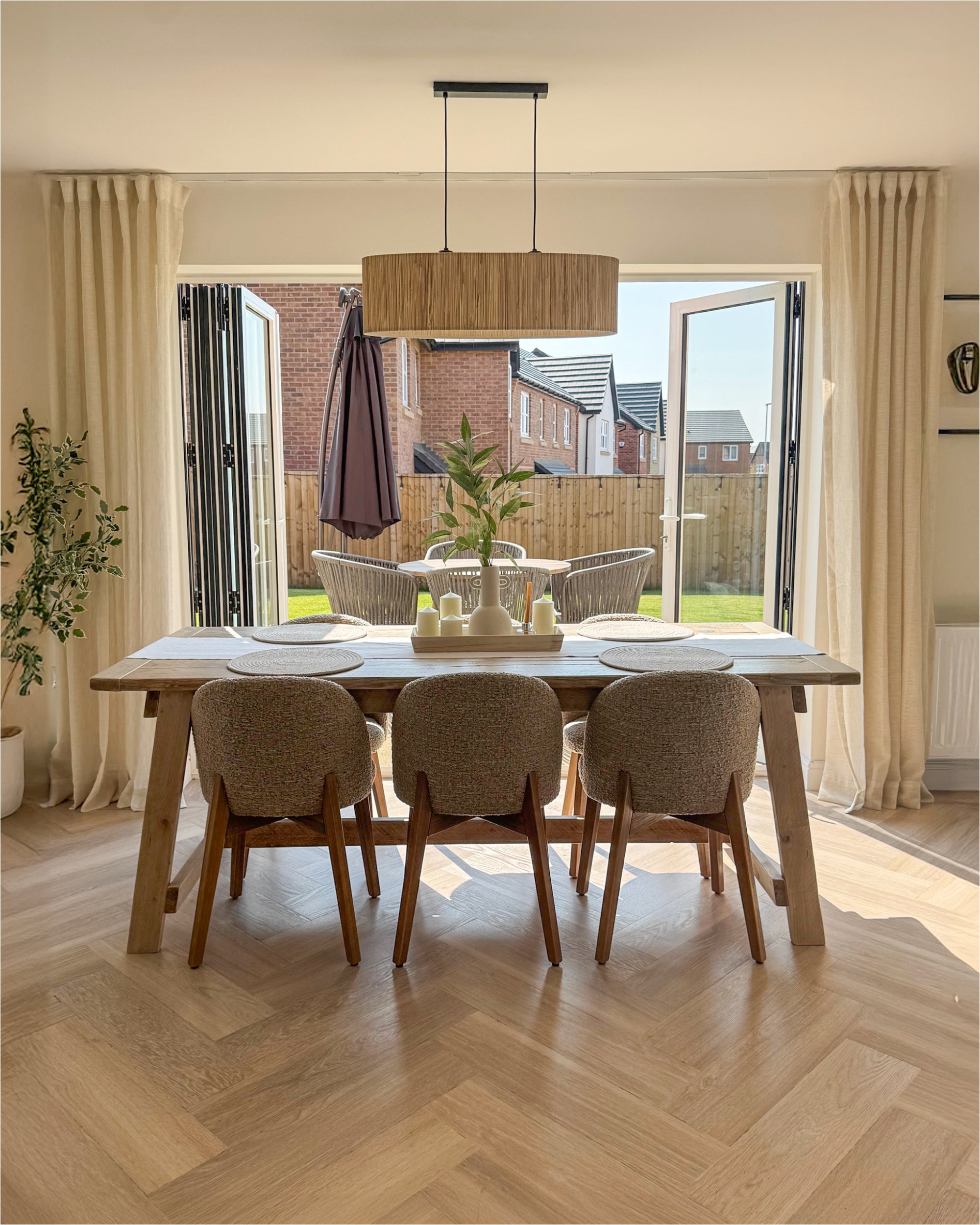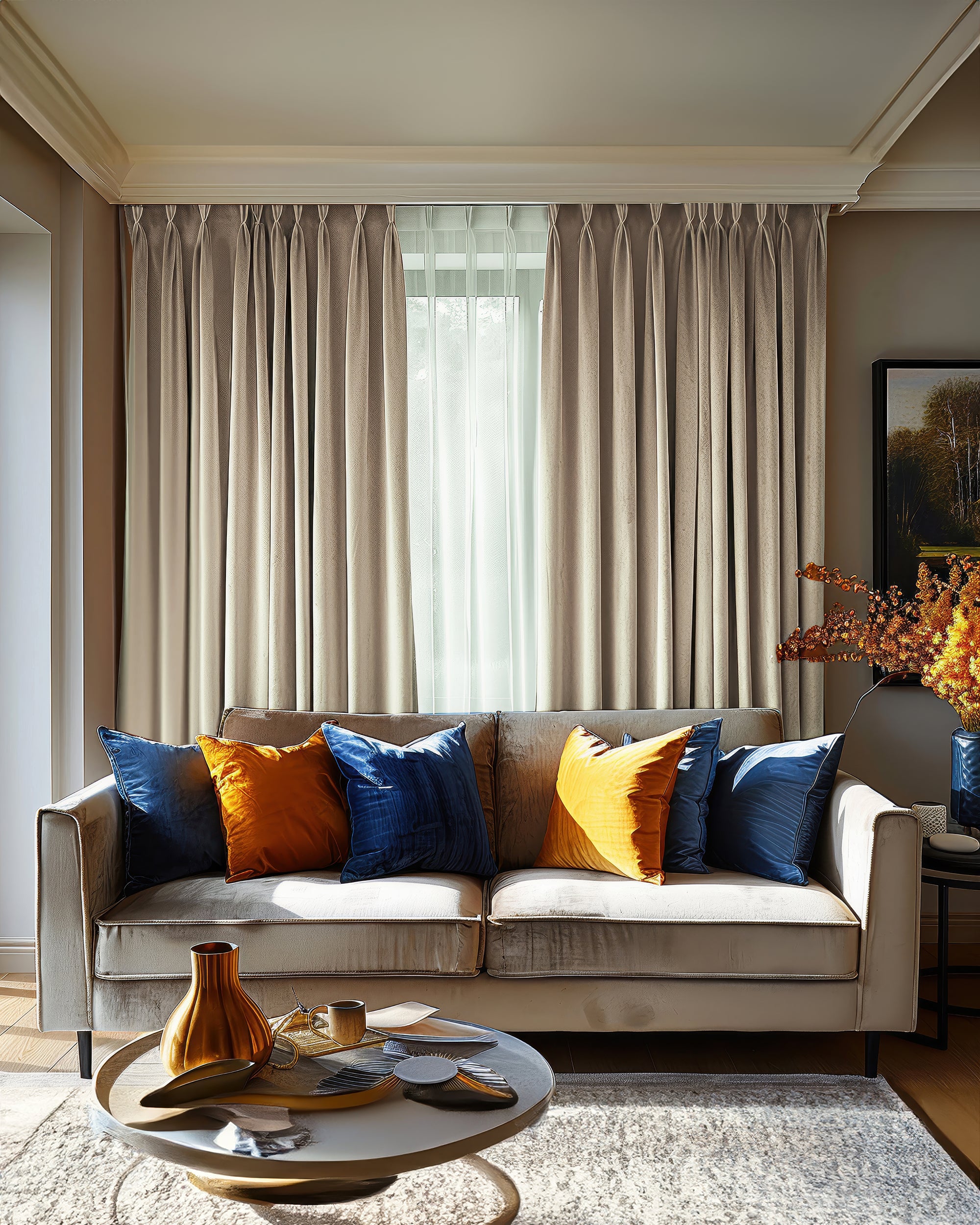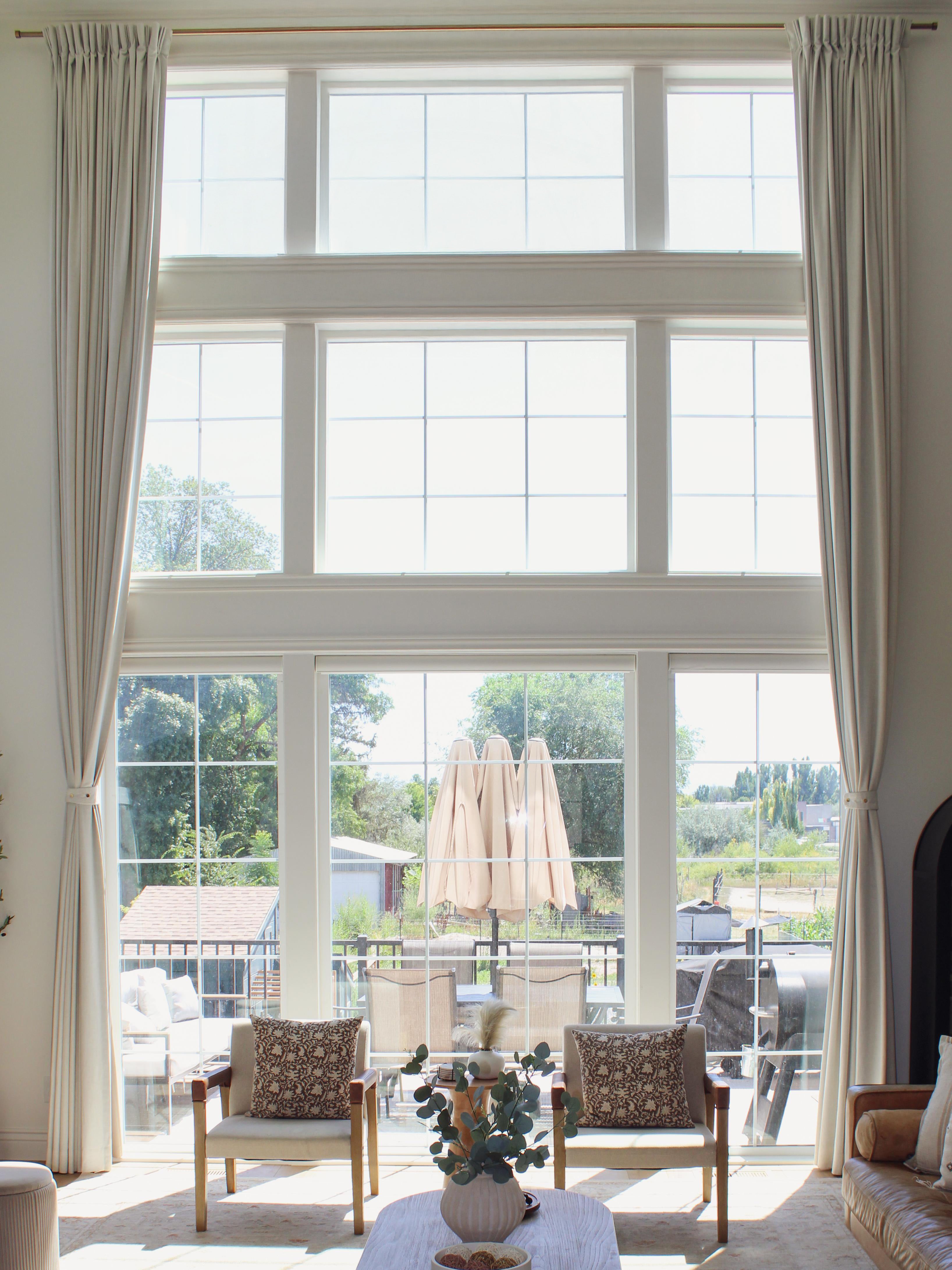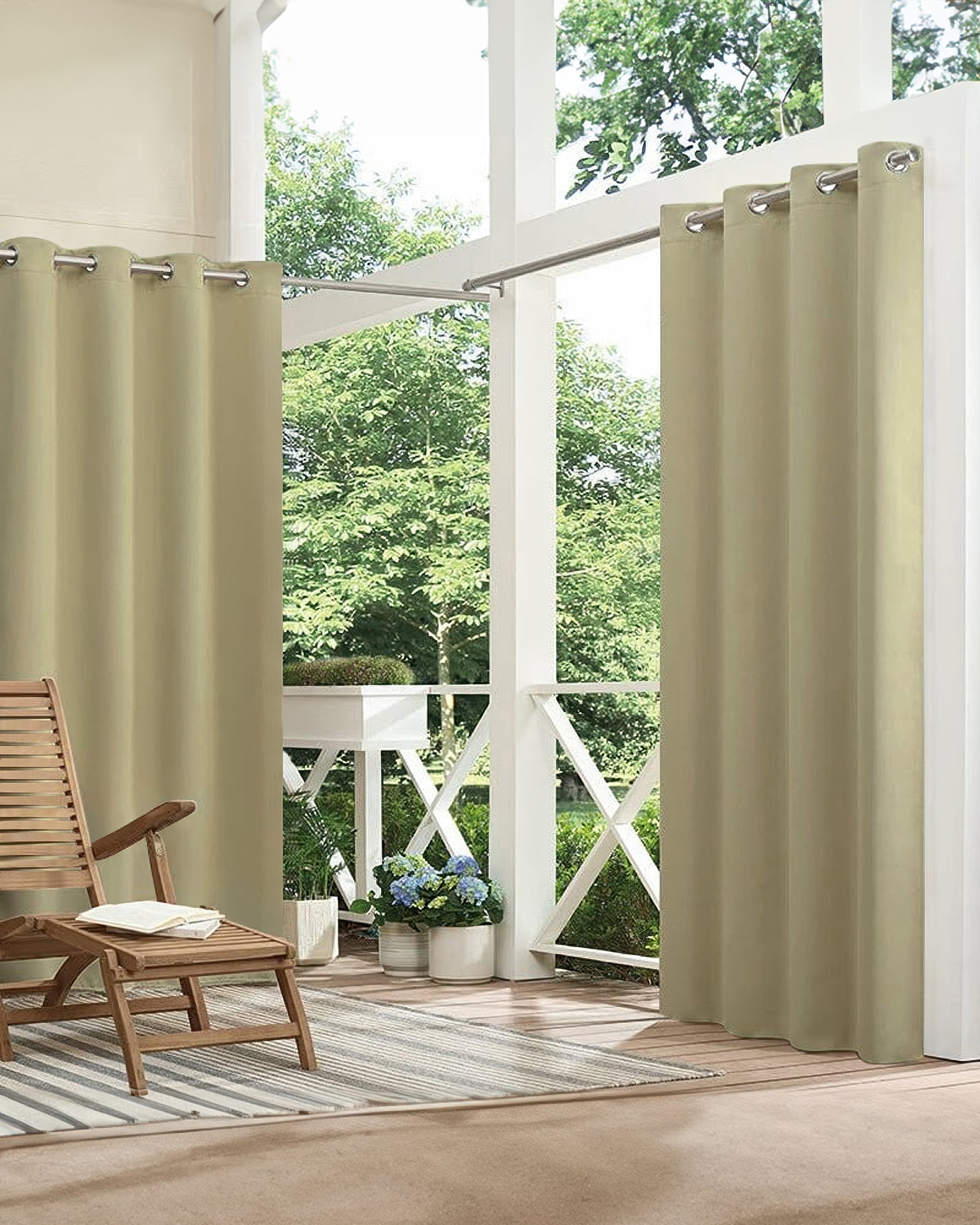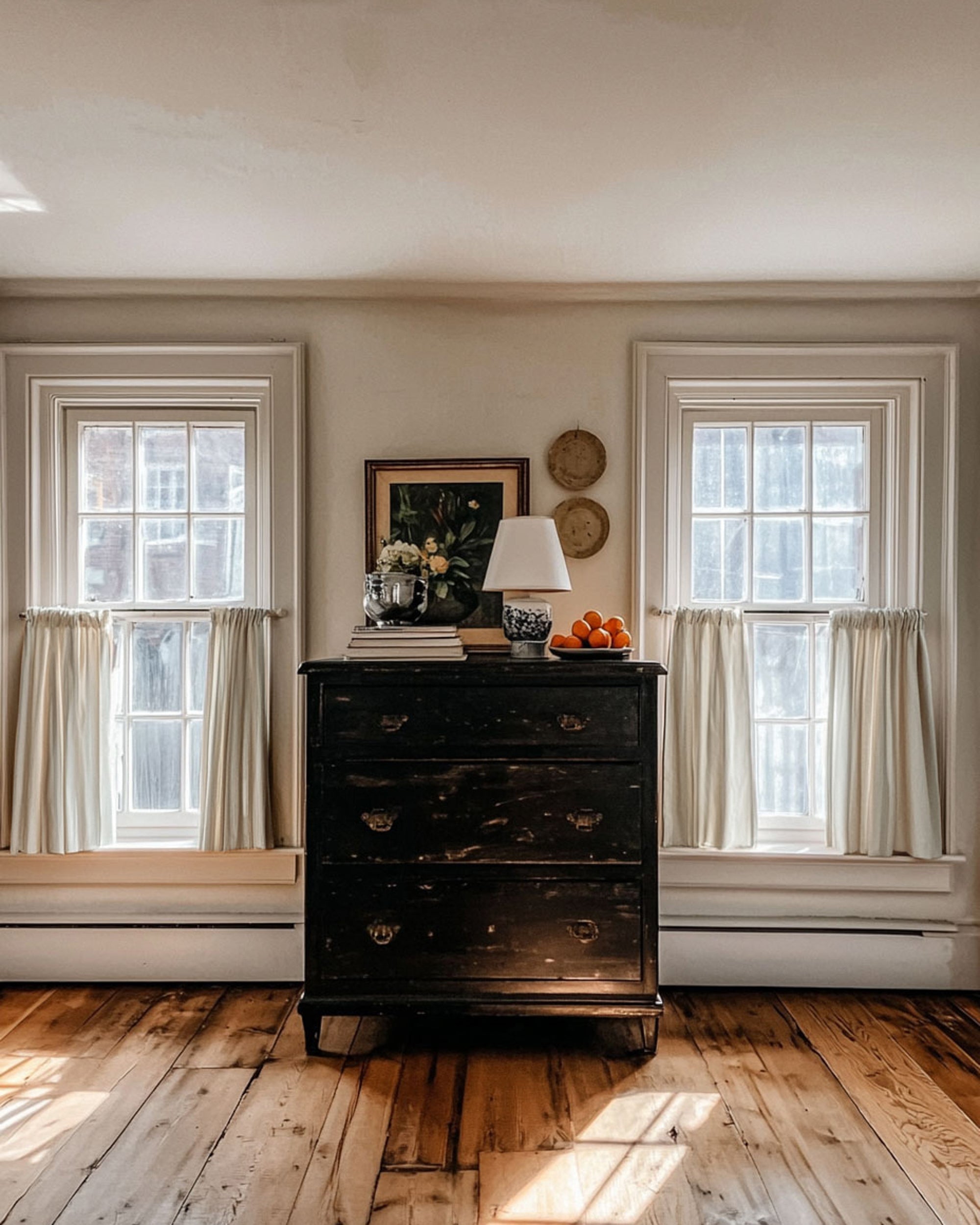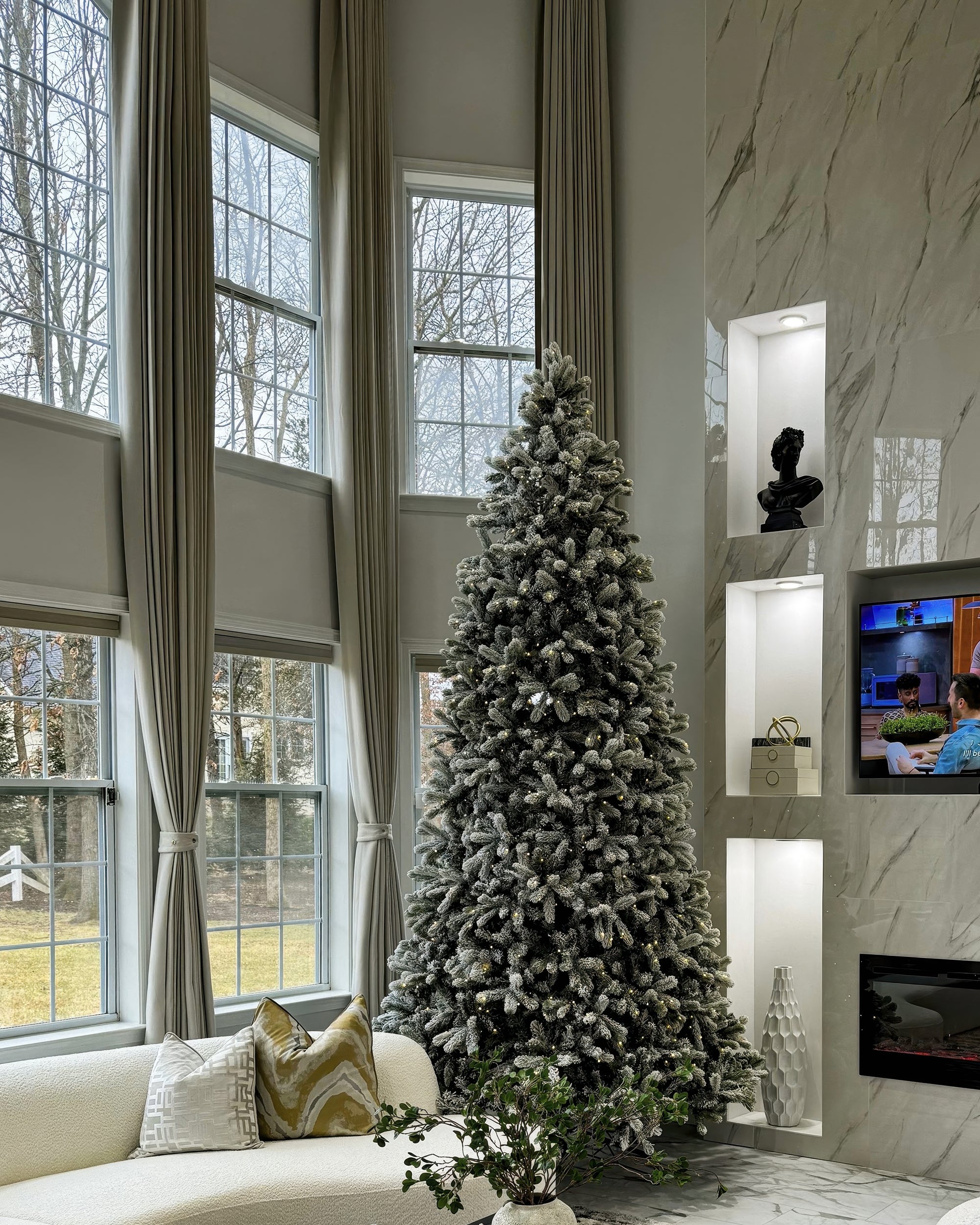Thermal curtains often show up in conversations about winter energy savings—but do they have a place when the temperature outside climbs? It’s a fair question, especially for anyone trying to keep their cooling costs under control without turning their home into a dark, sealed-off box.
The short answer? Yes, thermal curtains can help during summer. But like most energy-saving products, how well they work depends on how—and where—you use them.
How Thermal Curtains Actually Work
At their core, thermal curtains are designed drapes to reduce sun heat transfer through your windows. They typically contain multiple layers of fabric—sometimes including a layer of foam or a thick batting material—that trap air and create a thermal barrier between the interior of your home and the outside environment.
In summer, they can help in two key ways:
- They reflect sunlight if made with the right exterior fabric
- They reduce air exchange, particularly when windows aren’t sealed perfectly
This doesn’t mean they actively cool a room. What they do is slow down the amount of heat entering through the glass, especially during peak sunlight hours.

Do They Really Make a Difference in Hot Weather?
They can, but don’t expect miracles.
A well-made and properly installed thermal curtain can reduce solar heat gain by up to 33%, according to Department of Energy estimates. That translates to your air conditioner not working quite as hard, especially during midday hours when the sun is most intense.
That said, their impact is supportive—not transformative. If your room already traps heat due to poor ventilation or large west-facing windows, curtains alone won’t fix that. Still, having drapes to help heat out is one of the simplest ways available.

Lighter Colors Work Better in Summer
Color matters more than most people think. A dark curtain might look great, but it can actually make your room warmer if it’s absorbing sunlight all day long.
If you’re shopping specifically for summer performance, look for light-colored thermal curtains with a reflective backing. These are better at bouncing sunlight away before it even reaches the glass.
You can still achieve a darker interior look by choosing curtains with a white lining on the back—best of both worlds.
Window Placement: A Small Detail That Changes Everything
Even the best curtain won’t help if it’s placed on the wrong window at the wrong time.
- East-facing windows bring in strong light early in the morning. Curtains here should be closed early—before the sun hits—to prevent a warm-up.
- South-facing windows tend to collect heat steadily throughout the day. These are ideal spots for thermal curtains, especially during the afternoon.
- West-facing windows can make your space feel like an oven after lunch. Blocking that harsh afternoon sun can make a noticeable difference in room comfort.
So yes, where the sun hits your home does matter—and adjusting curtain use based on time of day makes them far more effective.
Will They Cool the Room by Themselves?

Not really. They’re more of a temperature control tool than a cooling device.
Think of them as insulation: thermal curtains reduce the rate of heat entry but don’t generate cool air. For best results, they should be part of a larger strategy that includes proper window sealing, shading from outside structures, and, of course, an efficient cooling system.
Used together, they can help your air conditioning system work more efficiently, which often leads to lower energy usage over time.
What About Using Them Outdoors?
Some people consider hanging thermal insulated curtains outside, around patios or pergolas, for added shade or privacy. While it’s possible, it’s not always practical.
Thermal curtains are heavier than standard outdoor fabric panels. This means:
- You’ll need rods and brackets that can handle the weight
- They may not move well with the wind
- The insulation effect isn’t as noticeable in open-air environments
They’re more effective in semi-enclosed spaces like sunrooms, where you’re still dealing with window glass and retained heat.
How Much Can They Save?

There’s no one-size-fits-all number, but in general:
- Standard curtains can reduce heat transfer by 10–17%
- Thermal curtains, when installed tightly and used strategically, may reach 25–33%
- The real savings come when they help your HVAC system cycle less frequently
Proper use includes:
- Covering the full window area
- Hanging the curtains close to the wall or frame
- Extending past the window on both sides and reaching the floor
- Keeping them closed during the hottest parts of the day
Should You Rely on Thermal Curtains Alone?
No. They’re a great supporting player, but not a full solution.
Thermal curtains can make a room more comfortable, especially when paired with fans or AC, but they’re not a substitute for proper insulation or sealing around the window frame. If there are significant air gaps or old single-pane windows, consider long-term upgrades.
That said, if you're a renter or just looking for an affordable, low-effort way to reduce temperature spikes indoors, thermal curtains are a smart place to start.
The Bottom Line
Do thermal curtains work in summer? Yes, they do. But think of them more like a good pair of sunglasses than an air conditioner. They shield and reduce exposure—but don’t replace the need for cooling entirely.
If you choose the right color, install them correctly, and time their use around the sun’s schedule, they can definitely take some pressure off your cooling system and keep your space a bit more comfortable—without blocking all the light or breaking your budget.



